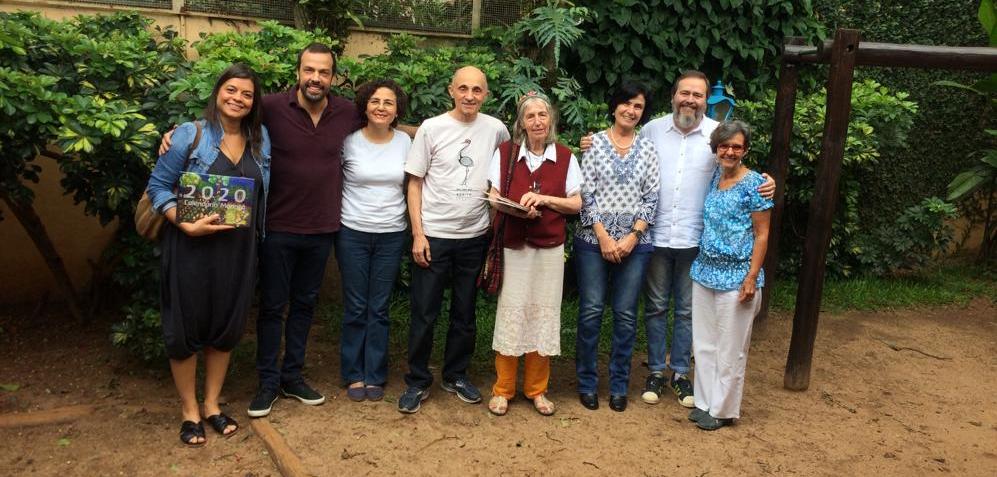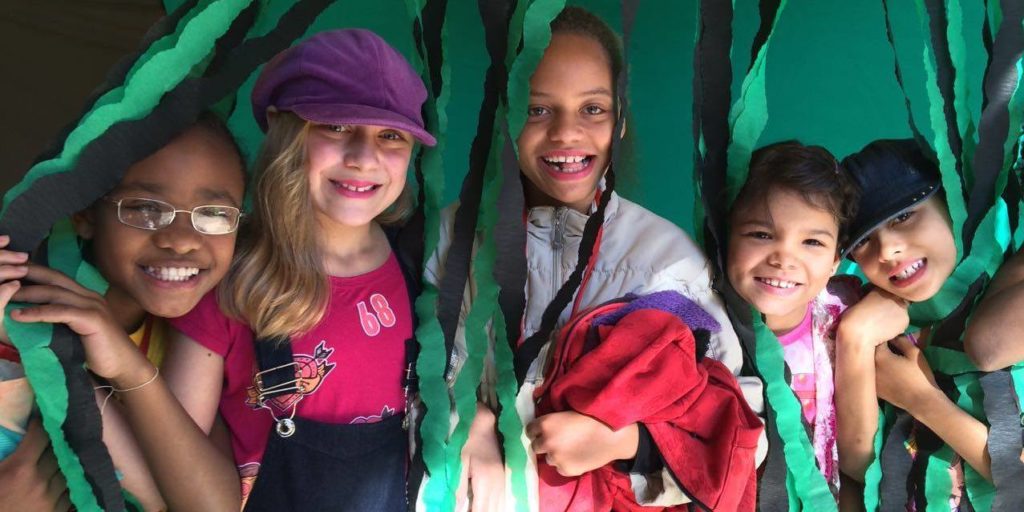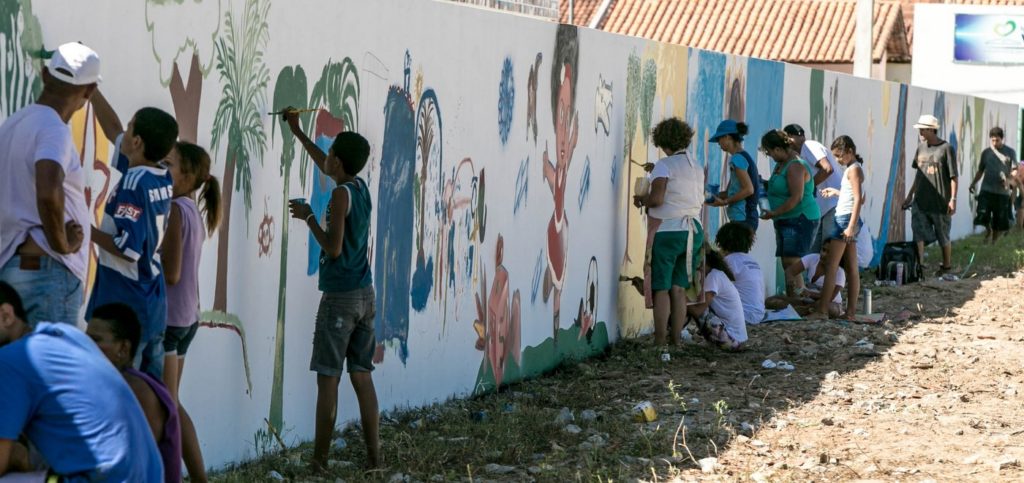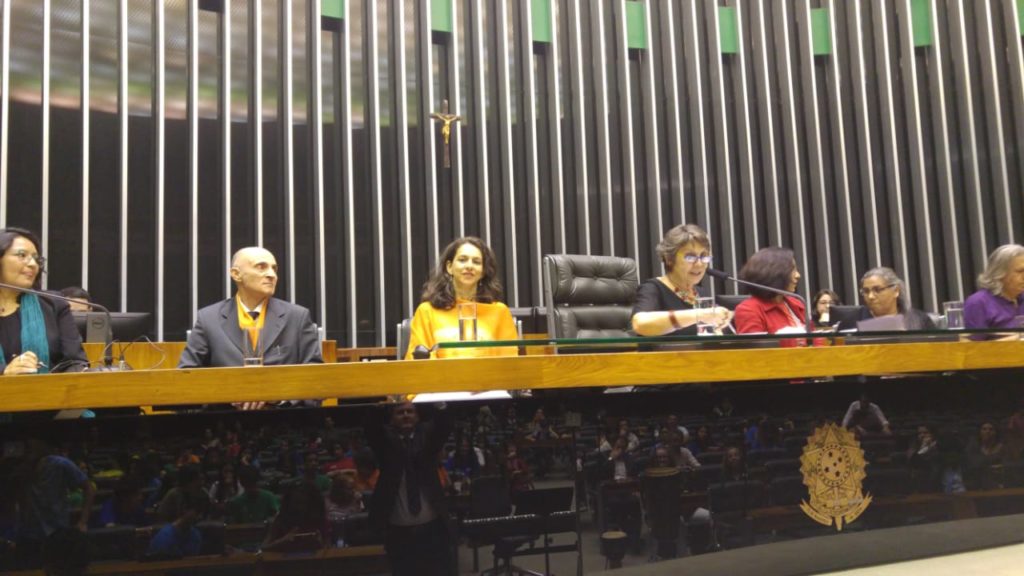research carried out by GPQV / UFSCar – commissioned by Instituto Alana Programa Criança e Consumo
The impact of children's plastic toy advertising on children's health and the environment
Presentation - below pdf with the complete research
Advertising for children, in addition to its unethical, unfair and illegal dimensions, contributes to the intensification of serious social and environmental problems. Since the beginning of its operations, the Criança e Consumo program has warned of the negative impacts of targeting advertising and marketing communication to the public under 12 years of age. Among the main losses are: childhood obesity, chronic non-communicable diseases, family stress due to interference in parental authority, decrease in creative play, symbolic and material violence, and also environmental impacts. Encouraging consumerist behavior leads to massive consumption of products and services without due reflection on their real value in use and on all the negative dynamics and violations of rights involved in production chains.
In 2008, in the thematic series Children and Consumption – interviews(1) , the topic of Sustainability was addressed by a series of specialists who highlighted, among other important topics, the fact that children are encouraged by children's advertising not to worry about the environment, since the more consumerism is stimulated, the greater the amount of disposal and generation of waste, including plastics, one of the most revolutionary materials discovered by human beings, but which has one of the longest decomposition times, being, therefore, of very long environmental duration.
As Isabella Henriques, current co-executive director of Instituto Alana and first coordinator of Criança e Consumo, has always pointed out, confronting the complex and negative impacts of children's advertising, including its stimulus to the rampant consumption of plastic by children and their families, is a fundamental step towards solving the urgent environmental challenges of today. In this sense, as a way of contributing to such discussions, especially within schools, Criança e Consumo developed, for two years, the EcoAtivos Project, which, among other topics, addressed the impact of plastic on human and environmental health(2).
This theme became even more relevant when we found that currently – both on television and on video platforms on the internet – the most present children's advertisements are those for toys, which, for the most part, are made of plastic.
A clear example of this is the collectible LOL Surprise dolls! – wrapped in layers and layers of plastic – which, from 2016 to 2018, reached the number of 800 million units sold worldwide. After receiving numerous complaints and finding an aggressive strategy of publicizing the dolls by child digital influencers, most of the time in a veiled way, Criança e Consumo sent a complaint to the Public Ministry of Espírito Santo(3) requesting that the company be held accountable. Candide Industria e Comercio Ltda. for the illegal practice of children's advertising, the financing of the production of audiovisual material on the relationship between consumerism and impacts on the environment and, also, the implementation, by the company, of a reverse logistics system for the product and plastic packaging, as measure to minimize the environmental impacts generated.
As the lawyer for Criança e Consumo Lívia Cattaruzzi pointed out in the complaint, “the collectible dolls LOL Surprise!, both in the packaging and in the product itself, are an appalling concentration of plastic, more plastic and more plastic. (…) At the present time, when the environmental issue needs to be faced as an urgent problem that affects the present and the future of humanity, the market still seeks to create consumerist, dissatisfied and competitive children. In a scenario like this, with frequent stimulus to consumerism, how to talk to children about citizenship, empathy, education for consumption, cooperation and care for the environment?”(4).
In the same vein, JP Amaral, mobiliser of Criança e Consumo, made a necessary warning about the advertising of plastic toys for children and its socio-environmental consequences: “If we are really considering the well-being of our children and the guarantee of a healthy and sustainable for them, we need to consider the environmental impacts of consumption stimuli generated by toy manufacturing companies”(5).
However, despite empirical evidence, there is still very little data or research addressing the relationship between children's advertising and the massive consumption of plastic toys, including the assessment of environmental impacts and the health of children and their families.
Thus, the research Plasticized Childhood - the impact of children's advertising of plastic toys on children's health and the environment, carried out by the respected Group of Studies and Research in Green Chemistry, Sustainability and Education of the Federal University of São Carlos (UFSCar), was born with this aim: to generate scientific data and deepen this important debate for the present of children and the future of all of us.
It is noteworthy that we are not against the use of plastic toys, but what we seek is the restriction of their marketing communication and the qualification of their safe use, so that children are not exposed to both toxic substances and consumerist stimuli that generate mountains of non-recyclable plastics.
As Frei Betto pointed out in 2016, in the book celebrating the 10th anniversary of Criança e Consumo, “the plague of consumerism is, today, also an environmental and political issue. Mountains of plastic accumulate in the oceans, and the incontinence of desire makes a sustainable society even more difficult, with goods and fruits of human labor shared among all”(6).
Therefore, by sharing this research, we hope to raise awareness, including people in all companies, for the promotion of a childhood free from childish advertising and consumerism, in which toys - so important for children's expression and development - are also symbols of a more sustainable society and less plasticized games.
Click here for the full survey PDF
Good reading!
Pedro Hartung
Child and Consumption Program Coordinator
1 – Available at: http://criancaeconsumo.org.br/wp-content/uploads/2014/02/Crian%C3%A7a-e-Consumo-Entrevistas-Vol-1.pdf
2 – EcoAtivos project website: https://ecoativos.org.br/
3 – News available at: http://criancaeconsumo.org.br/noticias/candide-e-denunciada-ao-mp-es-por-publicidade-infantil-das-bonecas-lol/
4 - Excerpt taken from: http://criancaeconsumo.org.br/wp-content/uploads/2019/03/Representa%C3%A7%C3%A3o_siteCeC.pdf
5 - Excerpt taken from: http://criancaeconsumo.org.br/noticias/a-vila-do-plastico/
6 - Excerpt taken from: http://criancaeconsumo.org.br/wp-content/uploads/2014/02/Crianca-e-Consumo_10-anos-de-transformacao.pdf
****








